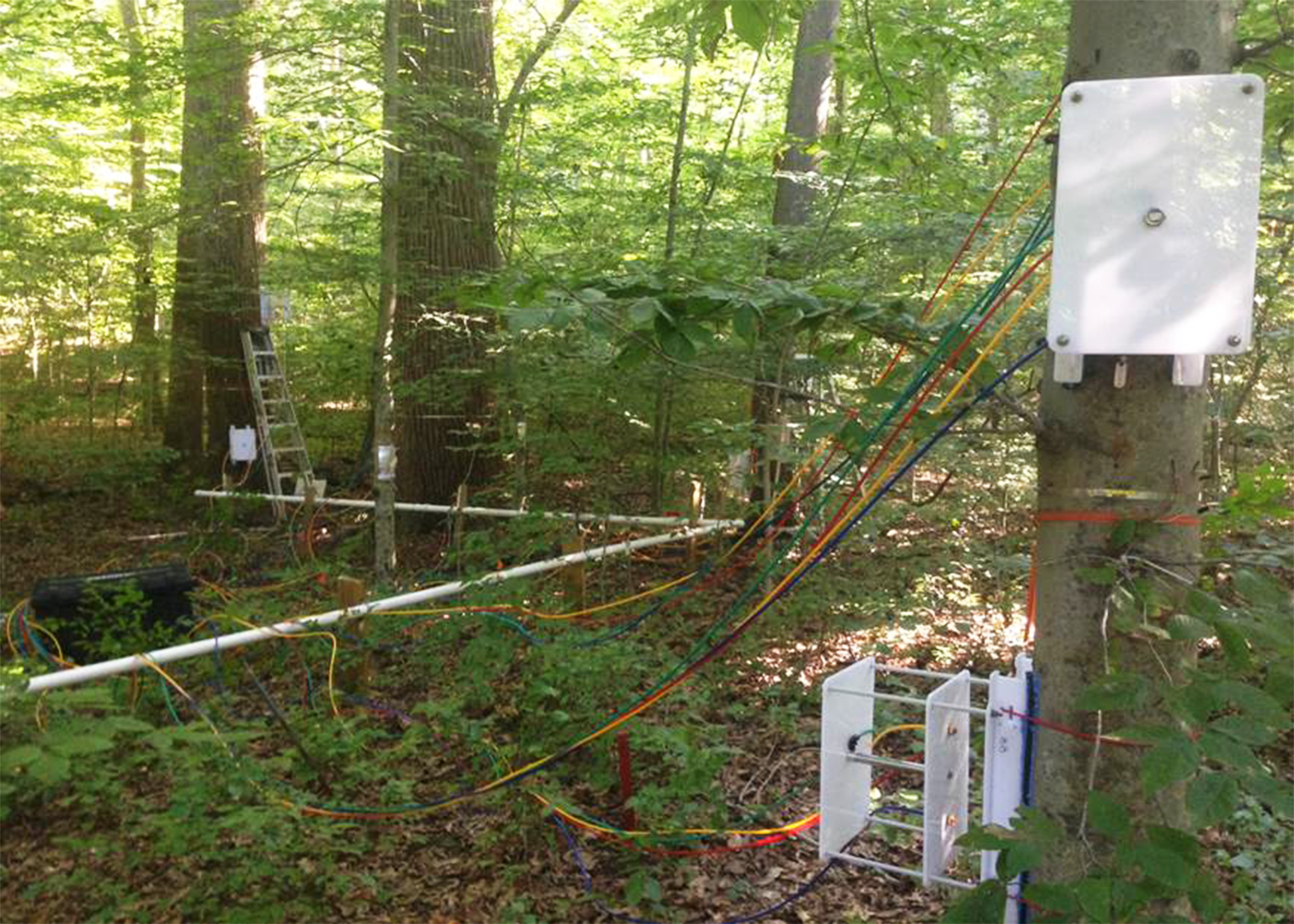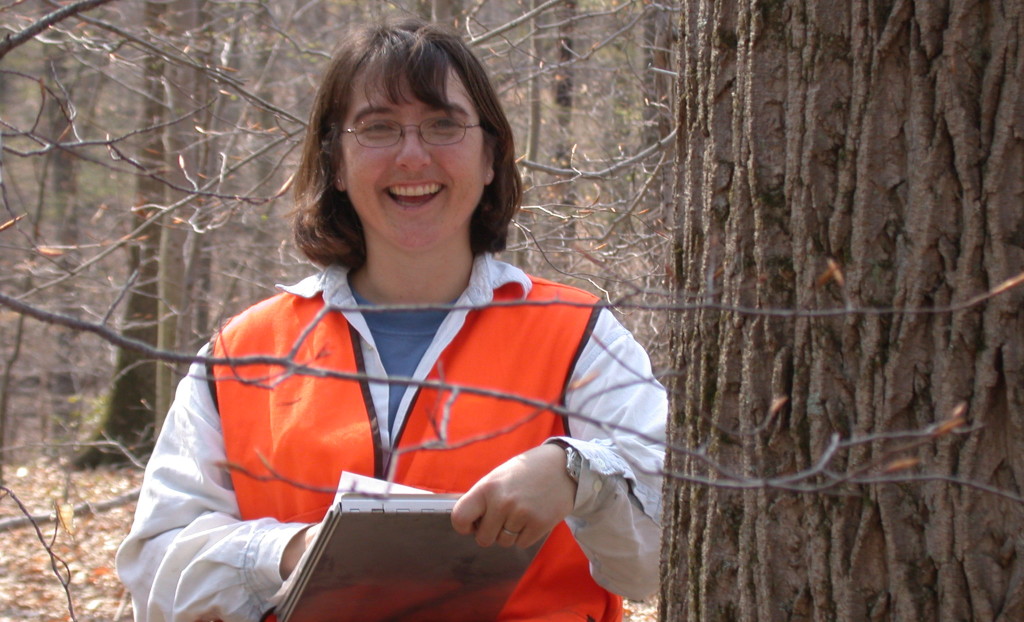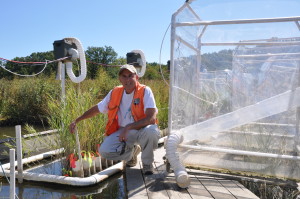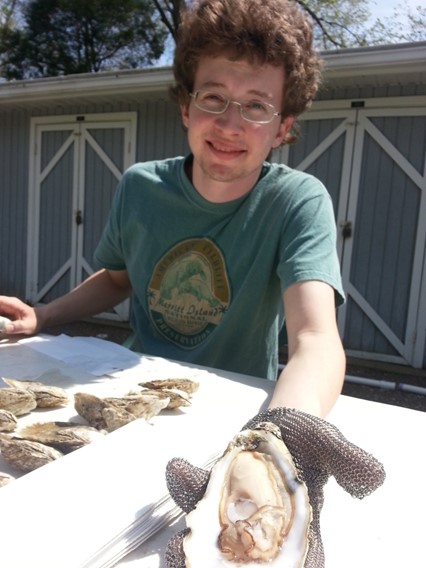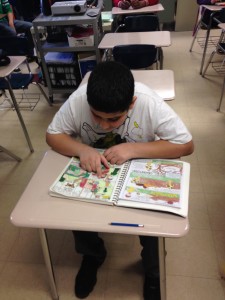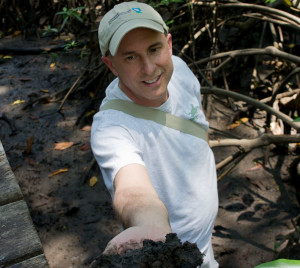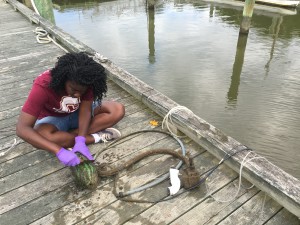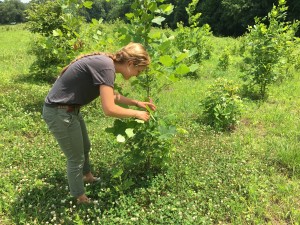by Kristen Minogue

Kim Komatsu in Konza Prairie, Kansas, home to one of the first Long-Term Ecological Research (LTER) programs. (Credit: Arjun Potter)
Kim Komatsu does big-picture ecology. The newest senior scientist at the Smithsonian Environmental Research Center, Komatsu is leading the center’s Ecosystem Conservation Lab. But while working on large-scale global experiments, she also delves into the microscopic world of bacteria. In this Q&A, discover how bacteria give certain plants an edge, and how she blends the very large and the very small.
This is the first of three profiles about the young scientists heading SERC’s newest labs. Edited for brevity and clarity.
You’ve done a great deal of work with legumes—plants in the bean and pea family. Can you talk about their weird relationship with rhizobial bacteria?
The [legume] plants and bacteria are in a mutualism where the plants fix carbon into sugar and give it to the bacteria, and the bacteria are able to take nitrogen from the atmosphere and give it to the plants. This is a source of nitrogen that no other plants have access to. Most plants have to take [nitrogen] up from the soil. Because of this mutualism, legumes can get nitrogen from another source, and that often makes them very successful in different, especially harsh environments….
It’s interesting to think about the different legume species, and how good they are at enforcing cooperation from the bacteria. Thinking about the bacteria as not only potentially being beneficial, but [also possibly] cheating the system—trying to take carbon from the plants and not give back as much nitrogen, especially under high soil nitrogen conditions. Click to continue »


